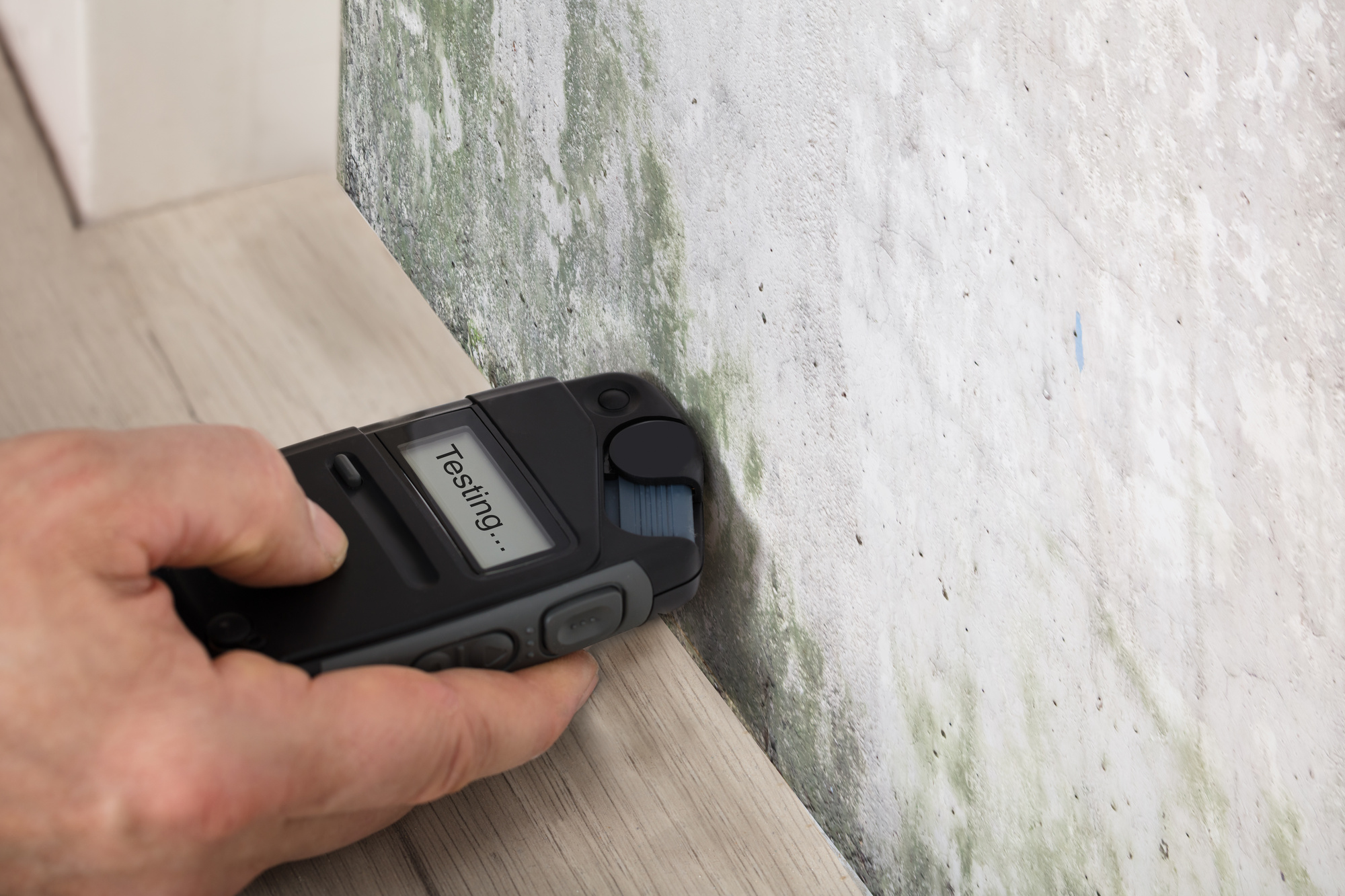Mold is a monster. A 2018 meta-analysis of more than 60 studies found that mold creates costs of more than 18 billion dollars a year in the US alone. It triggers asthma attacks and allergic reactions that can send people to the hospital.
Mold in the bathroom is perhaps the most common form of mold. Some people have it without noticing it. That needs to change.
Why do so many bathrooms have mold in them? What can homeowners do to prevent mold from growing and to clean it up? When is the right time to call a mold removal service?
Answer these questions and you can keep your lungs mold-free for years to come. Here is your quick guide.
Causes of Mold in the Bathroom
Mold grows in any place that is wet, dark, and compact. Bathrooms tend to be very wet from showers, toilets, and sinks. Most do not have large windows so light and air can circulate, and most are very small.
Bathrooms that don’t have ventilation tend to attract mold. Moisture can hang in the air or land on surfaces, including ceilings and far corners.
Leaks are another common source. Water can pool in sinks or sit inside of pipes, attracting mold. Toilets can leak out of their bowls or into nearby walls.
Many materials in bathrooms hold water for long periods of time. Paper products like toilet paper become soggy with just a few drops. Rugs and wallpaper are designed to absorb water, and they can attract mold if they are not cleaned.
How to Prevent Mold
The easiest way to prevent mold from growing is to allow air circulation through the room. Installing a bathroom ventilation fan sucks moist air out. If you don’t own a fan, you can install one at little cost.
You should also leave your door or window open after taking a shower or running the faucet for a long period of time. If you have trouble taking moisture out of your room, run a dehumidifier inside of it. Make sure to remove moisture from other areas of your house with air conditioners.
Buy materials that resist mildew and mold growth. This includes installing mold-resistant walling with fiberglass and gypsum.
You should hang up anything damp or dripping outside. You should wash shower curtains, rugs, and towels at least once per week.
Store away bottles of shampoo and shower gel. Mold can grow on the plastic or inside the shampoo itself.
Hire a water restoration company after any leak or flood in your bathroom. Talk to a plumber to make sure your pipes are sturdy.
How to Find It
Some signs of mold are obvious. You may be able to spot black, brown, or green spores growing somewhere in the room. Mold also has a notably musty odor.
If you smell but cannot see mold, take a look at your sink and toilet. Look closely around its edges and inside its individual components. Go underneath your sink and look at the bottom to see if anything is there.
If you still don’t see anything, remove the cover of your ventilation fan. Mold may be growing inside your vent or on the cover itself.
The paint on your walls may be bubbling or cracking. This is a telltale sign of mold. Chip away at the paint, and you can find spores growing underneath the coat.
Look inside of crawling spaces and adjoining rooms, including basements. Spores may start there, then penetrate through drywall to form mold in the bathroom wall.
Make sure you are wearing a facemask and gloves while you are looking for mold. It can cause respiratory problems in anyone.
If you find mold in your bathroom, you may have mold elsewhere. Go through your house and look for it. Focus on areas like your basement that are close to moisture.
How to Get Rid of Mold in the Bathroom
If the infestation is small, you can get rid of mold yourself. Put on protective equipment that covers your whole body. Spores can land on your clothes and cause another infestation.
Remove anything that has mold growing on it and throw it away in a plastic bag. This includes caulking and walling materials.
Strip away the caulking between tiles using a plastic putty knife. Make sure to remove residue with a razor scraper or another fine tool.
Once the visible spores are gone, clean all surfaces in your bathroom with mold-killing products. Put some full-strength vinegar in a bottle and spray it on all surfaces.
Let dry, then wipe away. For additional scrubbing, mix some baking soda and water together and apply it to your surfaces.
You can also use bleach and hydrogen peroxide. Never mix these substances together, even if you have a fresh air supply.
Do not panic if you find black mold. It is not deadlier than regular mold, and most people experience only mild respiratory symptoms. It may be trickier to remove, so Google “black mold in bathroom” for advice.
You should not handle large infestations on your own. At a minimum, you should ask for help from a friend or neighbor.
If mold is common throughout your house, you should hire a removal company. Avoid areas with the most spores and wait for treatment.
What to Do When You Find Mold
Mold in the bathroom can be devastating. Bathrooms are small and wet spaces. This gives mold plenty to work with.
Look for unusual spots and strange odors. Your paint may have odd textures, or you may notice mold elsewhere. Be on the lookout and do as much as possible to remove wet air.
Clean all surfaces with vinegar or baking soda and water. If you have a lot of mold, call someone and see if mold is elsewhere in your home.
You need to be alert of all the ways you can improve your home. Follow our coverage for more guides.

